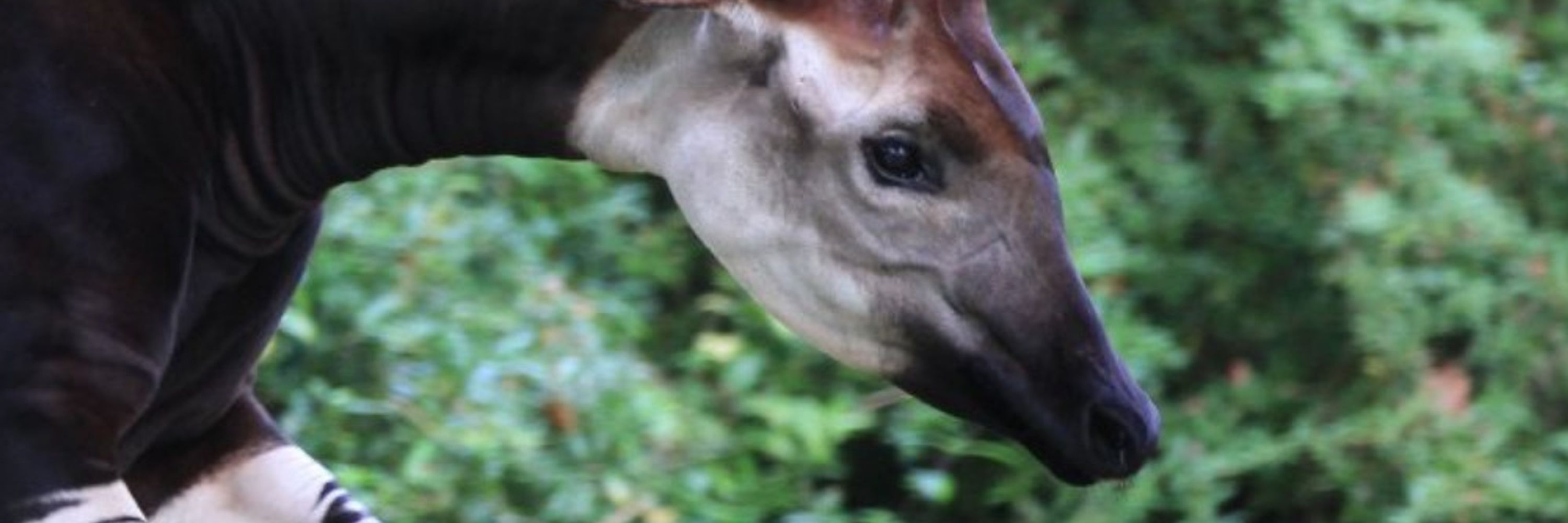German Society for Mammalian Biology
@mammalbiology.bsky.social
1.6K followers
360 following
330 posts
The German Society for Mammalian Biology (Deutsche Gesellschaft für Säugetierkunde, e.V./DGS) promotes research from all fields of mammalogy since 1926.
https://www.mammalian-biology.de
Host of Mammalian Biology https://link.springer.com/journal/42991
Posts
Media
Videos
Starter Packs











